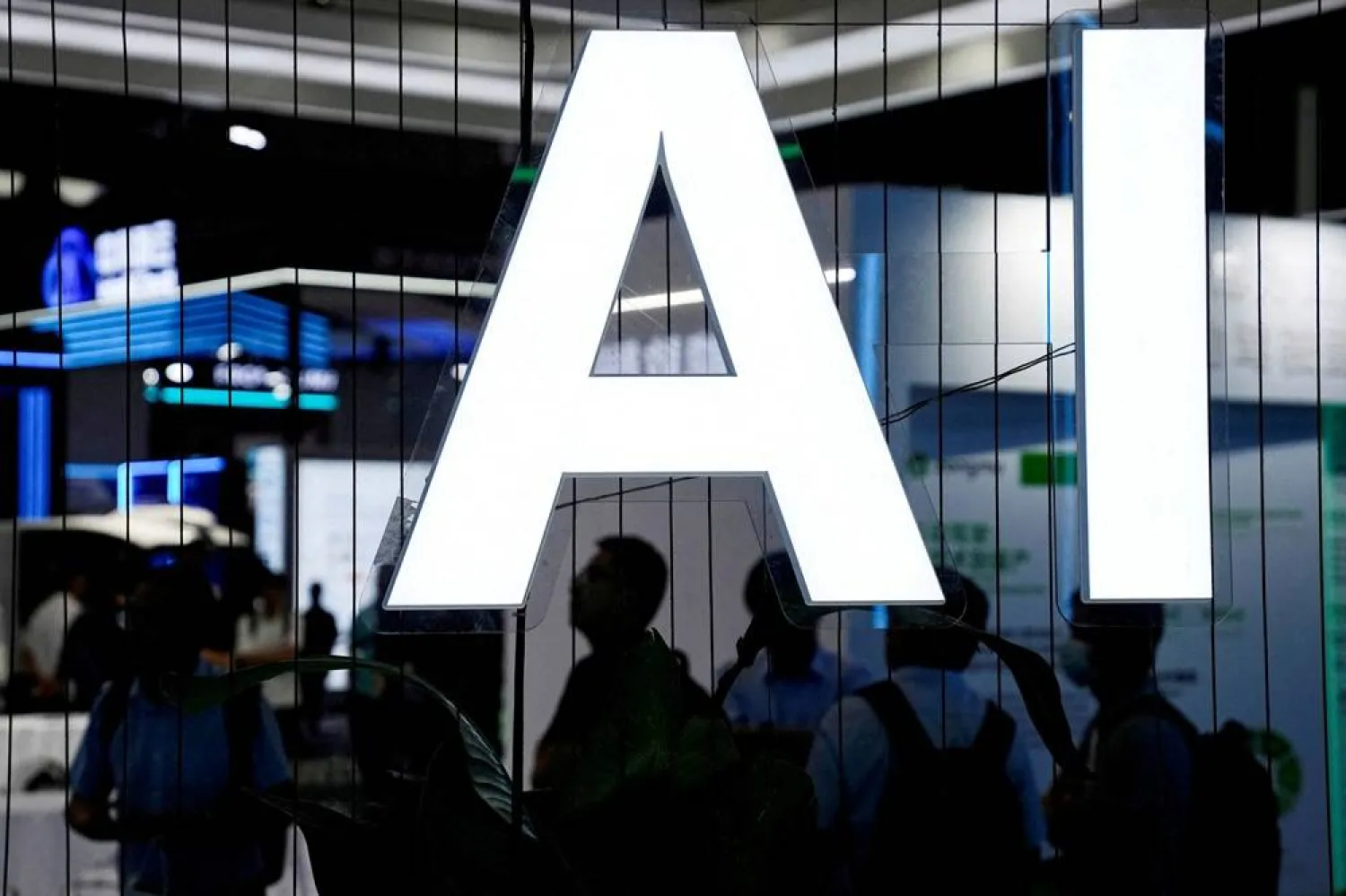Amazon Web Services on Thursday showed a quantum computing chip with new technology that it hopes will shave as much as five years off its effort to build a commercially useful quantum computer.
The chip, named Ocelot, is a prototype that has only a tiny fraction of the computing power needed to create a useful machine. But like its tech rivals, AWS, which is Amazon.com's cloud computing unit, believes it has finally hit on a technology that can be scaled up into a working machine, though it has not yet set a date for when it will reach that point.
The AWS announcement, which coincides with the publication of a peer-reviewed paper in the scientific journal Nature, comes as quantum computing is sweeping through the technology world, with Alphabet's Google, Microsoft and startup PsiQuantum all announcing advances in recent months.
Quantum computers hold the promise of carrying out computations that would take conventional computers millions of years and could help scientists develop new materials such as batteries and new drugs. But a fundamental building block of quantum computers called a qubit is fast but finicky and prone to errors.
Scientists established in the 1990s that some of a quantum computer's qubits could be dedicated to correcting those errors, and the years since then have been spent searching for ways to construct physical qubits so that enough "logical" qubits are left over to do useful computing work.
The standard industry thinking has been that a chip will need about a million physical qubits to yield a useful number of logical qubits.
But AWS said it had built a prototype chip that uses only nine physical qubits to yield one working logical qubit, thanks to the use of what is known as a "cat" qubit, so named for physicist Erwin Schrodinger's famous thought experiment to illustrate principles of quantum mechanics in which an unlucky cat in a box is both dead and alive at the same time.
Oskar Painter, AWS director of quantum hardware, said the AWS approach could one day yield useful computers with only 100,000 qubits rather than a million.
"It should allow us to provide between five and 10 times lower numbers of physical qubits to implement the error correction in a fully scaled machine. So that's the real benefit," Painter told Reuters.
Painter said that the current chip was constructed using standard techniques borrowed from the chip industry and a material called tantalum, but that AWS and partners hope to customize those techniques further.
"That's where I think there's going to be a huge amount of innovation and that will be the thing that could really reel in timelines for development. If we make improvements at the materials and processing level, this will make the underlying technology just much simpler," Painter said.







